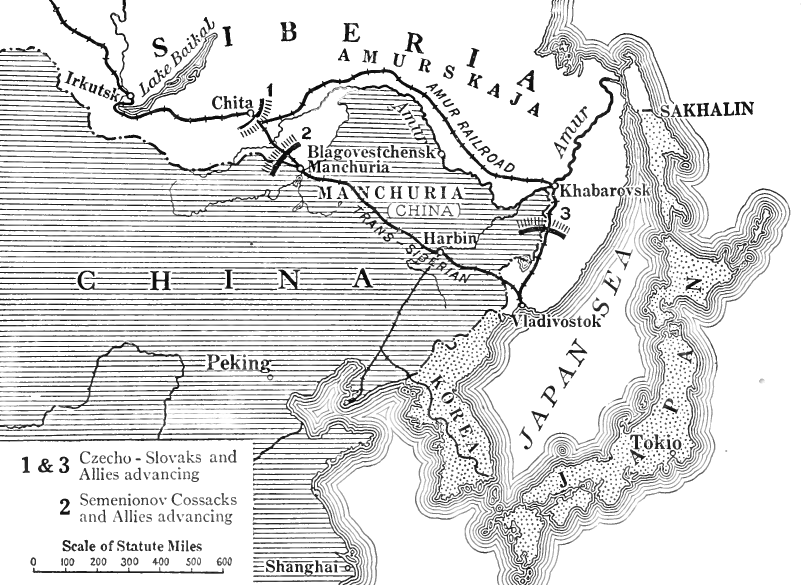<![CDATA[Archaeologists have stumbled upon the remains of an unusually tall Siberian warrior in an ancient burial mound in Omsk, Russia. He had an impressive death mask and a well decorated grave, suggesting he was highly regarded. The researchers nicknamed him "Bogatyr", meaning "Great Warrior". They decided on the name after realizing he had a bear fang embedded into his nose upon his death - a sign of power and strength. It was a tradition at the time to associate the bear with the attributes of warriors. The towering soldier had a host of items in his grave, including twenty five war arrows which were still sharp, bronze tools, and a decorated mirror which was placed on his chest. At his feet was a bronze cauldron filled with food, which was to nourish him in the afterlife. The researchers believe that the mirror was a tool for communicating with the gods. The team was led by an archaeologist named Mikhail Korusenko. He states that the soldier was found unexpectedly as they were about to finish their fifth season of work. The death mask on the skeleton was remarkable, as it was made from fabric, with birch bark caskets covering his eye sockets and mouth. Inside these caskets were metal figurines of fish with their heads broken off. The researchers have no idea why the fish figurines were cast and then broken, but they believe it was intentional, and could have held a religious purpose. Also found in the warrior's grave were remains of leather and fur, which the researchers believe were either part of his costume or the decorated war arrows. The diamond shaped arrowheads were made of metal and bone. It seems likely that they were designed to pierce armour. Behind the warrior's skull, the archaeologists found a ring bridle, which suggested to them that he was also a very good horseman. What the archaeologists found most striking was that his left arm was chopped off, most likely during the battle that ended his life. They believe that it was severed during battle because his lower hand was buried with the corpse, but separate from the body. The warrior is believed to have been a member of the tribes that were ancestors of the indigenous Khanty and Mansi people. He was most likely to have belonged to the Ust-Ishim culture, who buried their dead in the same way the warrior was. He was around forty years old when he died. He stood at 180 cm tall, which is about 25 cm taller than the average Siberian person. These tribes kept men like 'Bogatyr' as warriors to protect their land from enemies. Korusenko states that based on earlier studies, the burial site's creation was dated back to between the 11th and 12th centuries AD. He remarks that the discovery of the warrior will help them understand the cultural and military history of this area of Siberia, which is currently shrouded in mystery.]]>
Scientists Find Remains of 1000 Year Old Siberian Warrior
